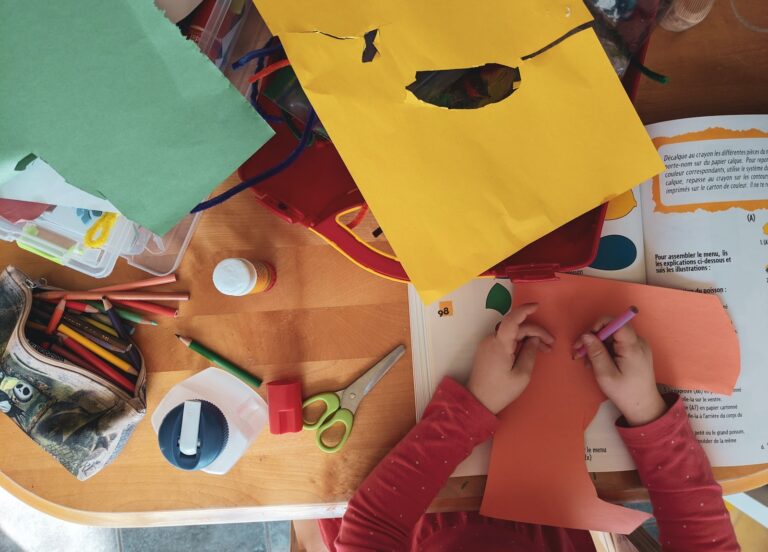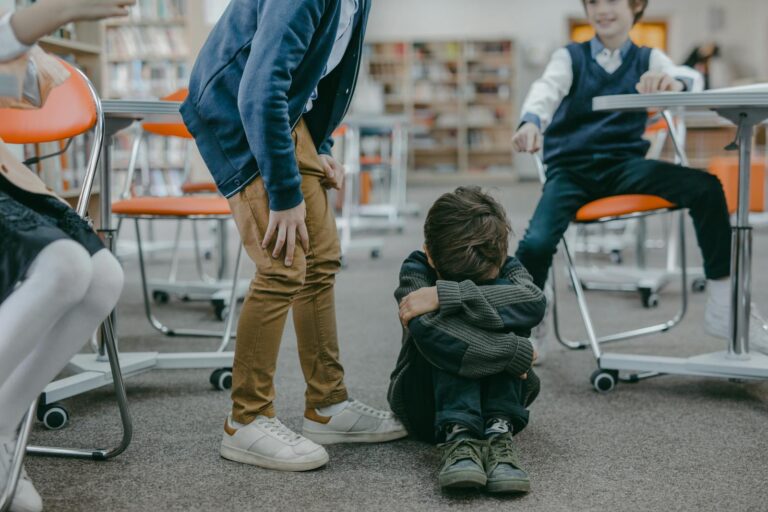Disorganized Attachment Style: 7 Signs, Causes & How To Heal
Understanding Disorganized Attachment
As a mother, there’s nothing more important to me than the well-being and emotional development of my child. One crucial aspect of that is understanding different attachment styles and their impact on our children’s lives. In this article, we will delve into the world of disorganized attachment, exploring its signs, causes, and, most importantly, how we can help our children heal from it.
What is Disorganized Attachment?
Disorganized attachment is a type of insecure attachment that can occur when a child experiences inconsistent or frightening caregiving. It is characterized by a lack of organized and predictable responses to distress. Children with a disorganized attachment style may display contradictory behaviors, such as approaching their caregiver for comfort while also showing signs of fear or avoidance.
Signs of Disorganized Attachment
Recognizing the signs of disorganized attachment is crucial for providing the necessary support to our children. Here are seven common signs to look out for:
- Fearful or avoidant behaviors towards the caregiver
- Unusual or contradictory body language and facial expressions
- Difficulty regulating emotions
- Excessive clinginess or withdrawal
- Aggressive or self-destructive behaviors
- Disrupted sleep patterns or nightmares
- Difficulty forming and maintaining relationships
Causes of Disorganized Attachment
Understanding the root causes of disorganized attachment can help us address the underlying issues effectively. Here are some common causes:
- Exposure to trauma or violence
- Parental mental illness or substance abuse
- Neglect or abuse during early childhood
- Inconsistent or unpredictable caregiving
- Separation from primary caregiver
How to Help Your Child Heal
Healing a child’s disorganized attachment takes patience, love, and a deep understanding of their needs. Here are some helpful strategies:
1. Seek Professional Support
Consulting with a mental health professional who specializes in attachment-related issues can provide valuable guidance and support for both you and your child. They can help identify specific interventions and techniques tailored to your child’s needs.
2. Foster a Safe and Secure Environment
Creating a safe and secure environment is essential for healing your child’s disorganized attachment. Establish consistent routines, provide clear boundaries, and offer predictable responses to their needs. Consistency and reliability will help them regain trust and build a sense of security.
3. Encourage Emotional Expression
Encourage your child to express their emotions openly and without judgment. Help them identify and label their feelings, and provide them with healthy outlets for emotional release, such as art, play, or journaling. By validating their emotions, you show them that their feelings are valid and worthy of attention.
4. Practice Mindful Parenting
Mindful parenting involves being fully present and attentive to your child’s physical and emotional needs. Practice active listening, validate their experiences, and respond empathetically. By modeling mindful behaviors, you teach your child the importance of being present and attuned to their own emotions and those of others.
5. Build Trust Through Attachment-Focused Activities
Engaging in attachment-focused activities can help strengthen the bond between you and your child. This can include activities like reading together, engaging in physical play, or engaging in joint hobbies. These shared experiences create positive associations and reinforce the trust and connection between you and your child.
6. Practice Self-Care
As a parent, it’s essential to prioritize your own well-being. Taking care of yourself physically, emotionally, and mentally allows you to be more present and attuned to your child’s needs. Engage in activities that bring you joy, seek support from loved ones, and practice self-compassion.
7. Celebrate Progress
Healing attachment wounds takes time and effort. Celebrate even the smallest victories along the way, as they are significant milestones in your child’s healing journey. Acknowledge their progress, offer praise, and consistently reaffirm your love and support.
Frequently Asked Questions
Q: Can disorganized attachment be prevented?
A: While it may not always be preventable, providing consistent and nurturing care from infancy can help mitigate the risk of disorganized attachment. Creating a secure and loving environment lays a solid foundation for healthy attachment.
Q: What are the long-term effects of disorganized attachment?
A: Disorganized attachment can have lasting effects on a child’s emotional, social, and cognitive development. It may contribute to difficulties in forming and maintaining relationships, emotional dysregulation, and increased vulnerability to mental health issues. However, with appropriate support and intervention, these effects can be mitigated.
Q: When should I seek professional help for my child’s attachment issues?
A: If you notice persistent signs of disorganized attachment or if your child’s behavior significantly impacts their daily functioning, seeking professional help is recommended. A mental health professional can assess your child’s attachment style and provide appropriate interventions.







